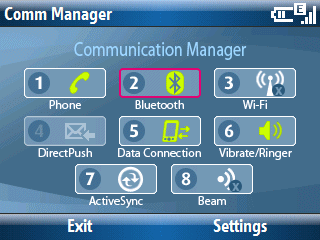One of my big beefs with Windows Mobile’s roadmap for the past few years has been its focus on the Enterprise and mobile carriers instead of the consumer. So, here comes the Information Week 500 survey, and it reports that…
And those smartphones? Just 10% consider “issuing smartphones beyond a few top executives” a most-effective strategy of the past 12 months,…
IMHO 10% maketh not an enterprise strategy (as IW points out above). In the meantime, while people synching with Exchange Server may be OK, ActiveSync and WMDC remains broken. Windows Mobile is a great platform. But, it needs to be refocused on its core customers: Individuals on the street who go and buy their own phone and don’t have an IT department to support them.

